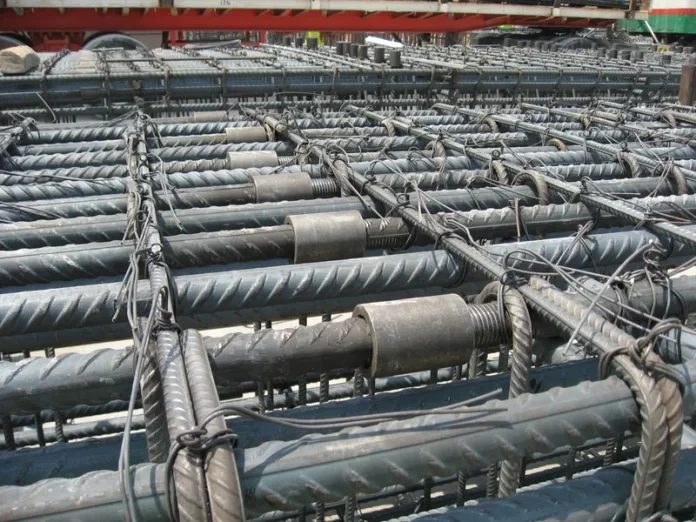Choosing the appropriate rebar splicing method is crucial for achieving strong and reliable connections. The selection process should consider various factors, such as the project requirements, site conditions, available resources, and each splicing technique’s advantages and limitations. Some standard rebar splicing methods include lap splicing, mechanical splicing, welded splicing, headed reinforcement, and grout-filled splicing. Various applications and project types require different techniques, each with benefits. For example, lap splicing is often preferred for its simplicity and cost-effectiveness, while mechanical splicing is ideal for high strength and reduced congestion.
Ensure proper rebar preparation and cleanliness
There is no doubt that the quality of the rebar splicing connections depends heavily on the professional preparation and cleanliness of the rebar being spliced. Clean, oil-free, and rust-free rebar is essential before splicing to prevent compromise to the bond between rebar and splicing material. For lap splices and mechanical splices, the rebar ends should be cut square and any burrs or irregularities removed. In the case of welded splices, the rebar ends should be properly prepared according to the welding procedure specifications, which may include cleaning, grinding, or preheating.
Follow the manufacturer’s instructions
When using proprietary rebar splicing systems or mechanical couplers, closely following the manufacturer’s instructions and specifications is crucial. These guidelines provide detailed information on the proper installation, torquing, and inspection procedures necessary to achieve firm and reliable connections. Deviating from the manufacturer’s recommendations leads to subpar performance or even failure of the splices. Therefore, ensuring that all personnel involved in the splicing process are trained and qualified to use the specific system or product being employed is essential.

Maintain proper splice alignment
There is no doubt that proper alignment and cover are critical to achieving a strong, reliable splice connection between rebars. Misaligned or inadequately covered splices lead to reduced strength, increased stress concentrations, and potential failure points in the structure.
- For lap splices, it is essential to ensure that the overlapping rebars are properly tied or fastened together and that the required lap length is maintained. In the case of mechanical splices, the couplers should be installed to ensure proper alignment and engagement of the rebar ends.
- Adequate concrete cover is also essential for protecting the splices from environmental exposure and ensuring proper load transfer between the rebar and the surrounding concrete. The required cover thickness depends on various factors, such as the concrete strength, environmental conditions, and applicable codes and standards.
Provide proper training and supervision
Achieving strong rebar splicing connections requires a skilled and knowledgeable workforce. Ensuring proper training and supervision for all personnel involved in the splicing process is crucial for maintaining best practices and compliance with project requirements and standards. This includes comprehensive instruction on the specific splicing methods and proper handling, preparation, and installation techniques for each splice type. Regular supervision and oversight by experienced professionals help correct any potential issues before they compromise the strength or reliability of the connections. Using Griptec for rebar splicing, along with appropriate training and oversight, ensures improved structural integrity and project outcomes.






